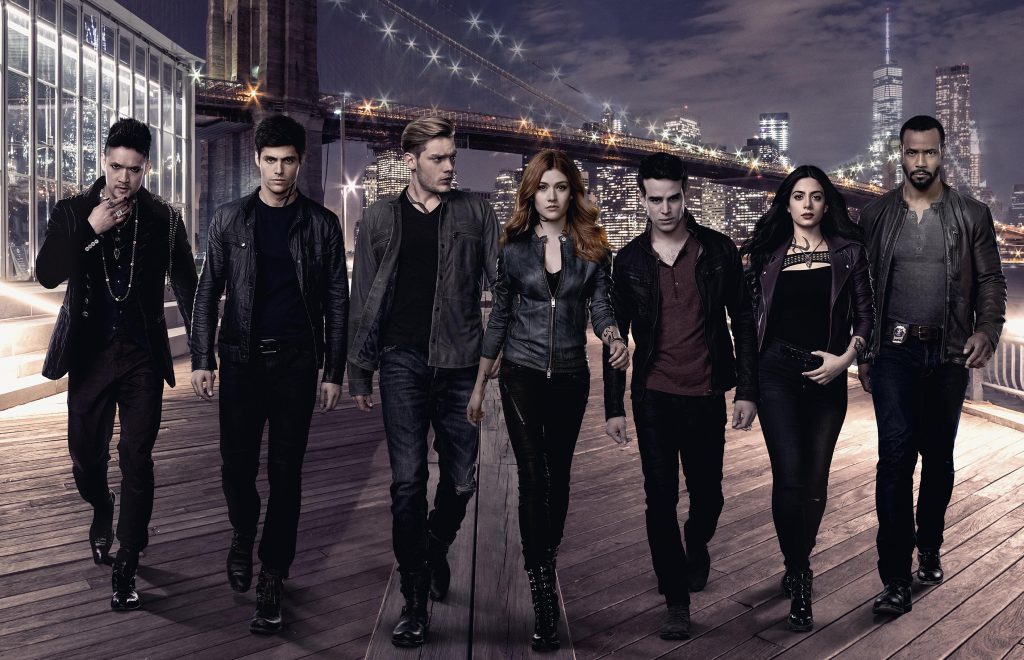
Written By Amy Marmin
Books are the foundations, but some say TV and film is where the future of storytelling lies.
Let’s discuss the age-old question: are books always better than their on-screen adaptations? While the purists would have you believe the answer is unequivocally yes, there are some who are not so decidedly sold.
The conversion from book to screen has no short list of participants, but let’s examine some of our most popular fan favourites and see how they’ve faired in the transition, kicking things off with the magical J.K. Rowling world of Harry Potter. While the book series took the world by storm, it truly became a class of its own with the theatrical release of the movies of the same name. Seeing these characters and mystical plots come to life right in front of our eyes was more than we as an audience could ever hope for. By bringing the magic to life, it meant those who had become fans of the books could relive the experience anytime they wanted with just the click of a button.
Similar can be said of J.R.R. Tolkien’s The Lord Of The Rings trilogy. By using familiar faces to bring Tolkien’s characters to life, we were gifted with a cinematic experience, the scale of which had never been seen before. The majesty of these films are nothing short of breathtaking and while the books, like Harry Potter, had their own charm, the movies were something truly special. They reached out to an audience that went far beyond the mere reach of the written word and meant millions worldwide knew the story of Frodo and Sam.
The next example will divide many, and that is of Cassandra Clare’s Mortal Instruments series, which was first turned into a movie but more recently into a widely popular TV series entitled Shadowhunters. This has the same draw as the previous two conversions. It makes the basic story more accessible to a greater audience which otherwise would not have been possible. While fans of the book argue that the TV series has perhaps taken liberties with storyline, even going so far as to butcher it, the fact still stands that more people around the globe are familiar with basics of the plot then they were before.
While this article may seem like a championing campaign of the visual medium over the written, it is understood also that sometimes too many liberties are taken with a storyline that it becomes difficult to reconcile the two as one. Bones was one such adaptation. Unlike many others, with these examples the books were read first followed by watching the TV show or movie. However, for some, the TV show came first. Interest in the series sparked intrigue into what the books might be like. This, however, changed the entire perspective of the show. Having read pretty much the entire series of books, it can easily be said that the two are so completely different it’s enough to make your head spin. With the exception of the main character’s name and the name of the lab of which she works, the entire context has been changed. While viewing them as the same story is no longer possible, which is slightly disappointing, it doesn’t mean as an audience we can’t appreciate each of them for what they are, which storytelling at its finest.
Yes, there are some of us that may be more partial to the visual that these and many more adaptations from book to film or TV series provide, but that’s only because we can see the potential that’s there. Now more than ever, visual mediums are everywhere. In our homes, our schools, our workplaces and as the technological age expands its reach so does that of an audience looking to watch something that intrigues them. That brings the unbelievable to life. That makes the impossible, possible. That allows them the freedom to feel as though they can be demon hunter one minute and forensic anthropologist the next. This transition from one to another in the blink of an eye is of great convenience in a society where time is a valued commodity, so why not take advantage?
Pic: Shadowhunters









